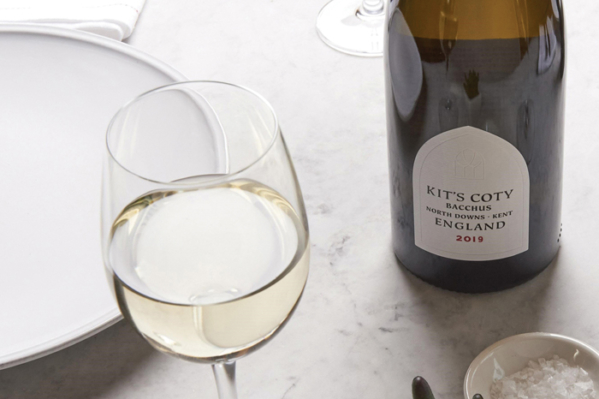The English wine industry has been bubbling since Ancient Roman times, but its popularity soared only after 2015 when The Decanter World Wine Awards saw English sparkling wines snag a crateful of medals – pioneering houses such as Nyetimber, Chapel Down and Ridgeview were among the most notable winners. Wines of Great Britain, the national association for the English and Welsh industry, estimates that production topped a phenomenal 15 million bottles in 2020, a 250-percent bump within just five years, signalling the confidence of its burgeoning winemakers.

Boost in Quality
The trade body also reports that the number of acres under vine in England has more than doubled in the past decade, stretching over 8,600 acres. French Champagne house Taittinger acquired vineyards in Kent in the autumn of 2015, with the aim of producing a truly exceptional sparkling tipple by 2023. That such a Grande Marque which can draw on eight decades of winemaking experience believes in England’s bubbles is the highest seal of approval and a clear signal that the climate – both monetary and meteorological – is right for the region.

Only 10-percent of wines currently travel out of the country, but the figure will surely balloon as the world gets a taste of grapes grown in England. “The quality of English wines has elevated massively, and the revolution in winemaking shows no signs of slowing,” says Joshua Lincoln, Senior Commercial Director of Europe at wine-rating platform, Vivino. “Producers of English wine are now able to take advantage of the region’s chalky soils, which have a similar composition to those found in Champagne.” He adds: “As temperatures rise across the UK thanks to global warming, the South of England, in particular, is experiencing the perfect vine-growing conditions for producing award-winning wines.”
Also read: Organic, biodynamic or natural wines explained

Toast To Maturity
English sparkling wine, which accounts for 72-percent of production and sales, is now a must-stock item in shops and bars, and thanks to a bumper high-quality harvest in 2018, there are now also some fine reds, charming rosés, tempting Burgundian-esque chardonnays and smooth naturals. The last decade alone has seen six vintages come of age, compared with just two in the Noughties.
Nyetimber, a pioneer of the English sparkling wine industry, produces several elite pours. Its Classic Cuvee, an exceptionally beautiful expression of sparkling wine from Sussex, shows all the right layers of acidity, tension and slight sweetness. A delicate non-vintage, it offers complexity and a lovely medley of refreshing lemon and grapefruit notes. Slightly toasty at the end, this generous drink never veers towards heavy or excessive.

The star turn at Chapel Down, England’s largest wine producer, is Kit’s Coty Chardonnay 2017. Specifically suited to the English climate, the grape delivers a refined wine with subtle oaky and buttery notes elicited from a second fermentation in old French oak barrels. Typically easy and fragrant, it’s the quintessential pour on a hot summer’s day.
Organic and biodynamic wine-drinkers will not want to miss Tillingham’s adventurous take on the classic English fizz, Qvevri Rüllem 2018. Without a hint of added sugar, the orange tipple is somewhat cloudy with a depth of citrusy freshness.
Also read: Champions of the Cape: Spotlighting South African Wines

Interesting trivia: It’s quite a mouthful to say English and Welsh wines, but the regional distinction is important. ‘British’ and ‘English’ wine is not the same thing. ‘A British wine’ label signals imported grapes fermented and bottled in the UK; it is cheap, cheerful and best skipped. The chic-as-Champagne English sparkling wines are made from quality grapes grown and harvested in the U.K.
(Text: Nikita Mishra)



